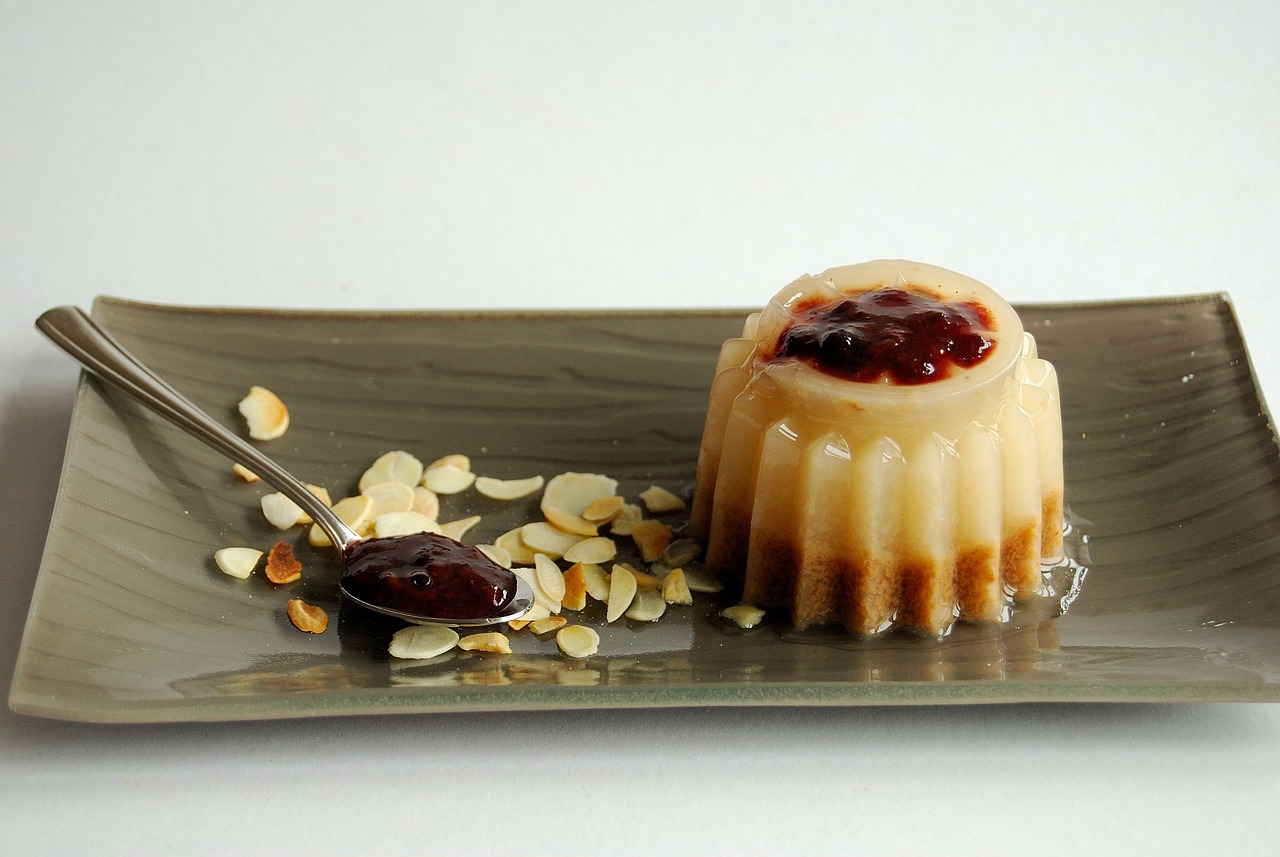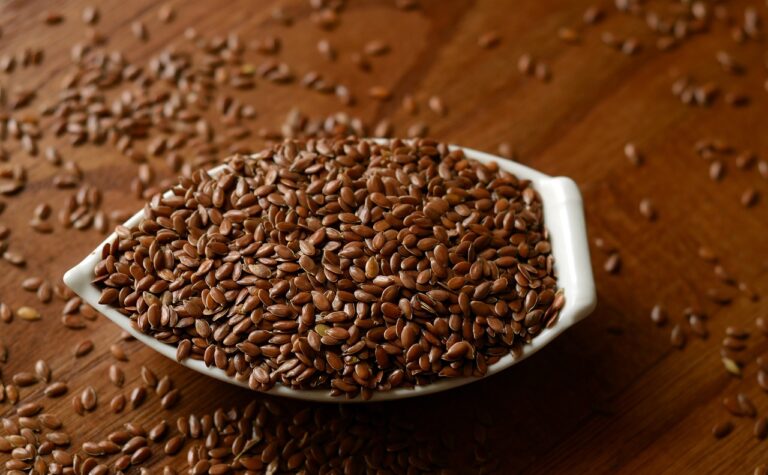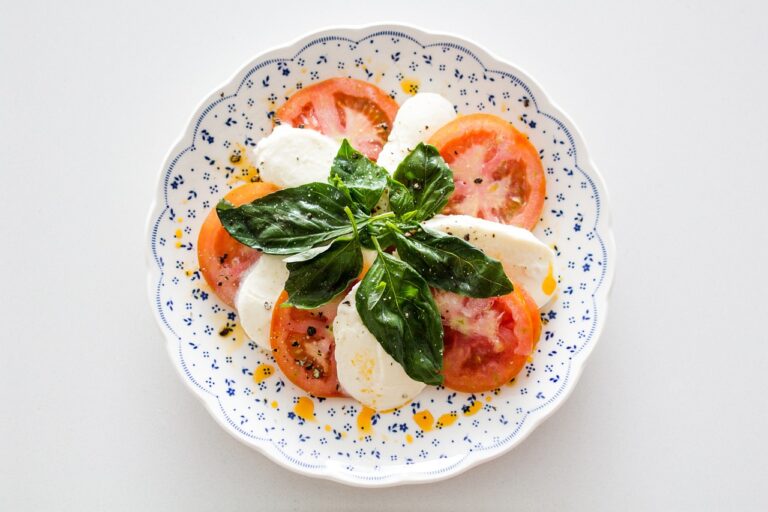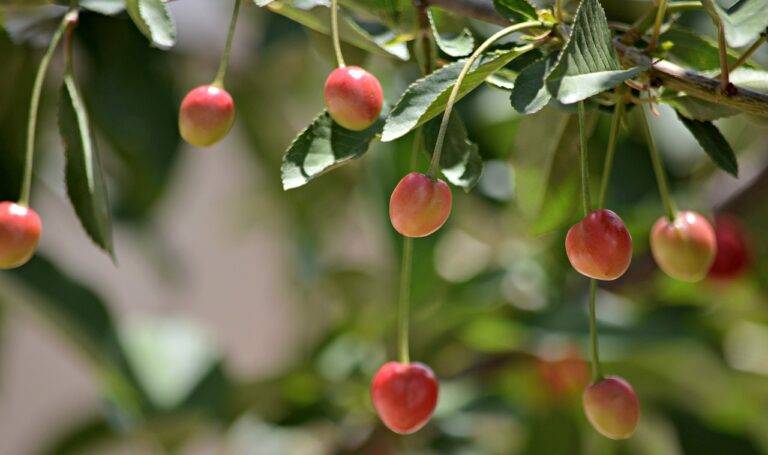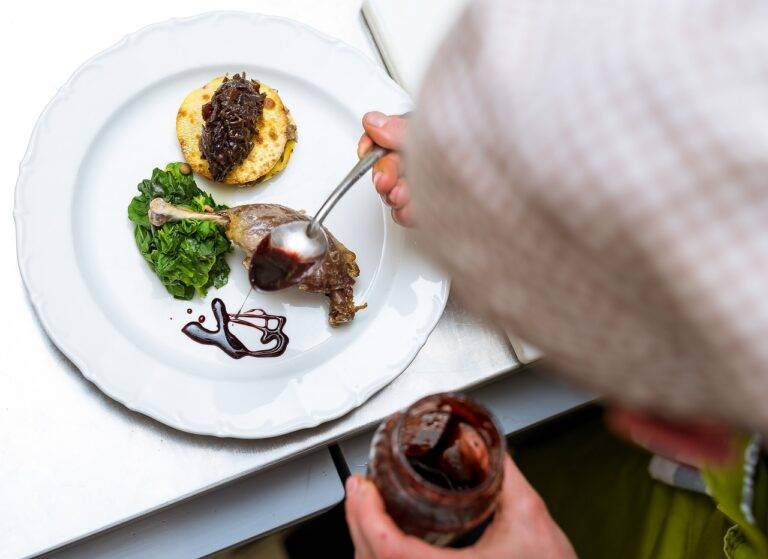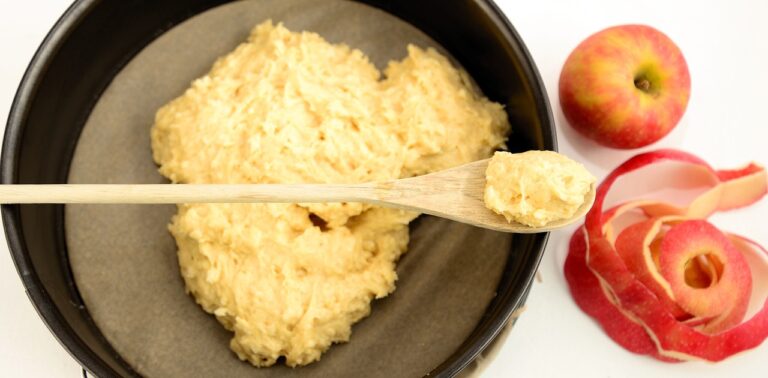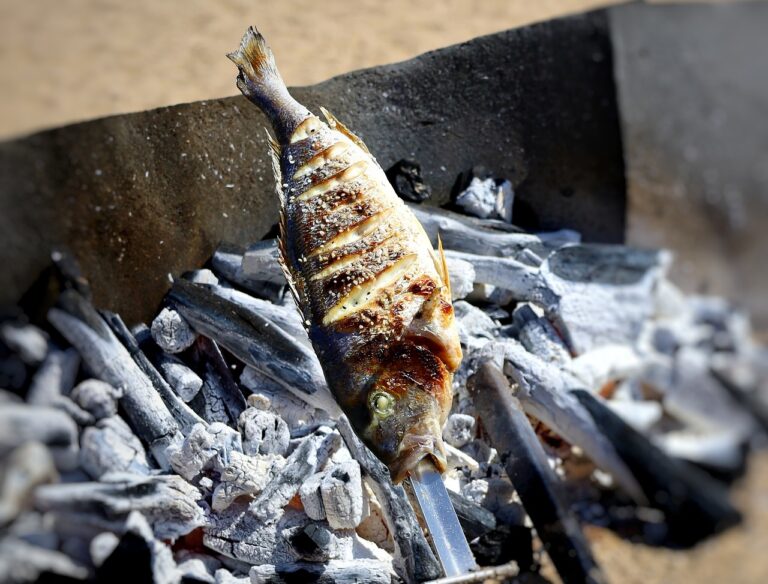Analyzing the Influence of Food Texture on Pet Food Preference: World7.com, Mahadev app login, Silverexch login
world7.com, mahadev app login, silverexch login: As pet owners, we all want the best for our furry friends, including providing them with food that they enjoy. One key factor that influences a pet’s food preference is its texture. Just like humans, pets have preferences when it comes to the texture of their food, and understanding these preferences can help you choose the best food for your pet. In this article, we will analyze the influence of food texture on pet food preference.
Texture plays a vital role in a pet’s food preference because it affects not only the taste but also the overall eating experience. Pets may prefer certain textures based on their age, breed, size, and even dental health. It’s essential to consider these factors when choosing pet food to ensure that your furry friend enjoys their meals.
When it comes to food texture, there are several key factors to consider:
1. Crunchiness: Many pets enjoy crunchy foods because they provide a satisfying sensation when chewed. This texture can also help promote dental health by reducing plaque and tartar buildup. Crunchy foods are often preferred by dogs and cats who enjoy a good crunch in their meals.
2. Softness: On the other hand, some pets may prefer softer foods, especially those with dental issues or older pets with sensitive teeth. Soft foods are easier to chew and digest, making them ideal for pets with dental problems or those who have trouble chewing harder foods.
3. Moisture: The moisture content of pet food can also influence a pet’s food preference. Some pets may prefer wet or canned food because of its higher moisture content, which can be more palatable and easier to eat for some pets. On the other hand, dry food is often preferred by pets who enjoy crunchier textures.
4. Variety: Offering a variety of textures in your pet’s diet can help keep them interested and engaged in their meals. Mixing dry kibble with canned food or adding some wet food to their dry diet can provide different textures and flavors that your pet may enjoy.
5. Size: The size of the food particles can also affect a pet’s food preference. Some pets may prefer smaller kibble sizes that are easier to eat and digest, while others may enjoy larger pieces that they can chew on and savor.
6. Palatability: Ultimately, the most crucial factor in a pet’s food preference is its palatability. Some pets may enjoy certain textures more than others simply because they find them more appealing. It’s essential to consider your pet’s individual preferences and tastes when selecting their food.
FAQs:
Q: How can I determine my pet’s food texture preferences?
A: Pay attention to how your pet reacts to different textures of food. Some pets may show a preference for crunchy foods, while others may enjoy softer textures. You can also experiment with different textures and see which ones your pet prefers.
Q: What should I do if my pet refuses to eat a certain texture of food?
A: If your pet refuses to eat a certain texture of food, try mixing it with a different texture or offering a variety of options to see if they find something they enjoy. It’s essential to ensure that your pet is getting the nutrients they need, so consult with your veterinarian if you have concerns about their diet.
Q: Should I stick to one texture of food for my pet, or can I mix it up?
A: Mixing up the texture of your pet’s food can help keep them interested and engaged in their meals. Offering a variety of textures can also provide different nutritional benefits to your pet. Just make sure to introduce new textures slowly to prevent digestive upset.
In conclusion, food texture plays a significant role in a pet’s food preference. By understanding your pet’s preferences and experimenting with different textures, you can ensure that they enjoy their meals and receive the nutrients they need. Remember to consider your pet’s individual tastes and needs when choosing their food, and don’t be afraid to mix things up to keep mealtime exciting for your furry friend.

